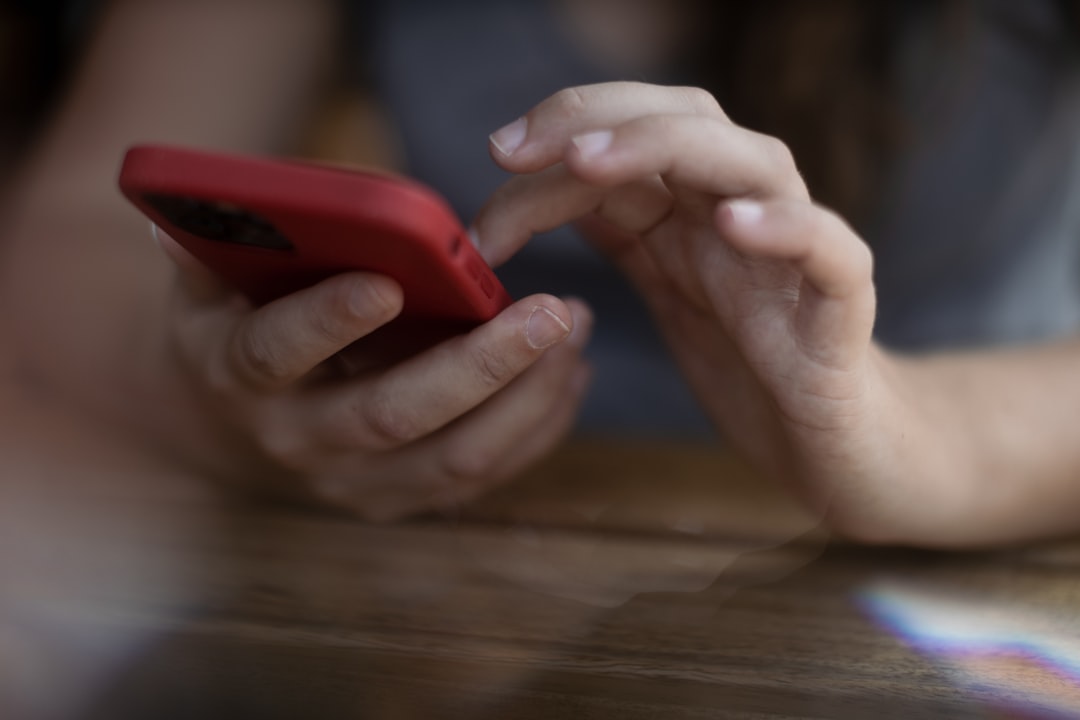In today’s digital landscape, meeting new people through social media or dating apps is common. However, with this convenience comes the risk of engaging with someone who may not be who they claim to be—a phenomenon known as catfishing. One of the most effective ways to detect a catfish is by verifying their profile photos. Fortunately, there are several methods you can use to do this for free, and they require nothing more than the image in question and an internet connection.
What is Catfishing?
Catfishing involves creating a fake persona online, often using photos stolen from real people, to deceive others for personal, emotional, or financial gain. While some catfishers may operate with relatively harmless intentions, others can pose significant emotional and financial risks. Verifying a person’s identity through their photos can be a critical first step in protecting yourself.
Methods to Verify a Photo for Free
There are various free tools and techniques to authenticate whether the image you’ve been shown actually belongs to the person in question. Below are some of the most reliable methods:
1. Reverse Image Search
Reverse image search is one of the most powerful tools for identifying catfishers. Here’s how you can do it:
- Google Images: Visit images.google.com, click on the camera icon in the search bar, and upload the picture or paste the image URL. Google will provide visually similar images and websites that contain that picture.
- Tineye: Go to tineye.com, upload the image, and you’ll see where it has appeared online.
If the image appears on multiple unrelated profiles, especially modeling portfolios or stock photo sites, it’s a clear red flag.

2. Social Media Cross-Referencing
Use social media platforms to perform a cross-check on the image:
- Conduct a free reverse search through platforms like Facebook or Instagram by uploading the image with the help of certain apps.
- Pay attention to photo comments and tags. A real profile often has interaction from friends and family, while a fake one may lack engagement or have generic comments.
If the person’s account seems too perfect or features sparse interaction, especially on personal milestones, it may deserve further investigation.
3. Check for Image Manipulation or Filtering
Some catfishers modify images slightly to avoid reverse image detection. Use tools like FotoForensics to analyze images for signs of edits, cloning, or inconsistencies in lighting or metadata. Such subtle edits could mean the image was stolen and altered to avoid detection.

4. Verify with Personal Video or Live Chat
While this isn’t strictly image verification, asking the person to engage in a video call can confirm if they match the photos. If the individual excessively delays or refuses to appear on video, it may be a warning sign you’re dealing with a catfish.
Red Flags That May Indicate a Catfish
In addition to photo inconsistencies, stay alert for these suspicious behaviors:
- Too good to be true: The person has model-like photos but claims to be in a less glamorous profession or situation.
- Reluctance to share more pictures: They avoid sending other images, especially recent or candid ones.
- Unverifiable details: Their background or stories don’t check out online.
- Quick emotional escalation: They profess love or deep emotional interest too soon.
Stay Safe and Trust Your Instincts
If you suspect you’re interacting with a catfish, never transfer money or share personal information. Use trustworthy sources to dig deeper into a person’s online footprint. Sites like Spokeo or Pipl offer limited free information that may help verify identities.

Conclusion
Identifying a catfish can feel challenging, but with tools like reverse image searches and common sense, you can significantly lower your risk. Always prioritize your safety, avoid overly trusting online connections, and make use of free resources to ensure the person you’re engaging with is genuine. A few minutes of caution can save you from heartache—or worse.



Leave a Reply